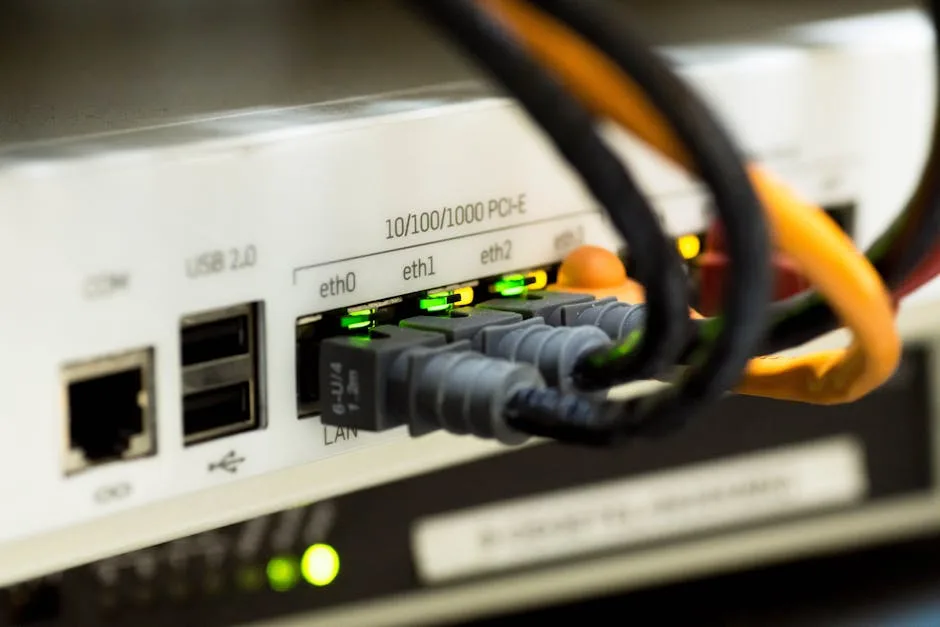
A critical buffer overflow vulnerability (CVE-2025-3854) has been identified in H3C GR-3000AX routers running firmware versions up to V100R006. The flaw resides in the HTTP POST request handler of the `/goform/aspForm` component, allowing attackers to corrupt memory by manipulating the `param` argument. Exploitation requires local network access, but a public proof-of-concept (PoC) has already been released, increasing the urgency for mitigation1.
Technical Breakdown
The vulnerability affects multiple functions within the router’s firmware, including `EnableIpv6`, `UpdateWanModeMulti`, `UpdateIpv6Params`, `EditWlanMacList`, and `Edit_List_SSID`. These functions fail to properly validate input sizes when processing HTTP POST requests, leading to buffer overflow conditions classified under CWE-120 (buffer copy without size check) and CWE-119 (improper memory bounds restriction)2.
According to CVSS 4.0 metrics, the vulnerability scores 8.6 (HIGH) due to its network-adjacent attack vector (AV:A) and high impacts on confidentiality, integrity, and availability (VC:H/VI:H/VA:H)3. A temporary VulDB risk score of 7.2 further underscores the severity4.
Exploitation and Mitigation
A functional exploit is available on GitHub, demonstrating how crafted HTTP POST requests can trigger the overflow5. While the attack requires local network access, compromised routers could serve as pivot points for lateral movement. H3C has released firmware updates addressing the issue; administrators should prioritize patching via the vendor’s official portal6.
For organizations unable to immediately patch, network segmentation and strict firewall rules limiting access to the router’s web interface (TCP/80 and TCP/443) can reduce exposure. Monitoring for anomalous POST requests to `/goform/aspForm` is also recommended.
Broader Implications
This vulnerability highlights persistent risks in IoT device firmware, particularly around input validation. CISA’s recent advisories emphasize migrating to memory-safe languages like Rust to prevent such flaws7. Similar buffer overflow issues have been reported in other routers, including TP-Link’s TL-WR841ND (CVE-2025-25900)8.
The public availability of the PoC increases the likelihood of rapid exploitation. Organizations using affected routers should treat this as a high-priority remediation item.




